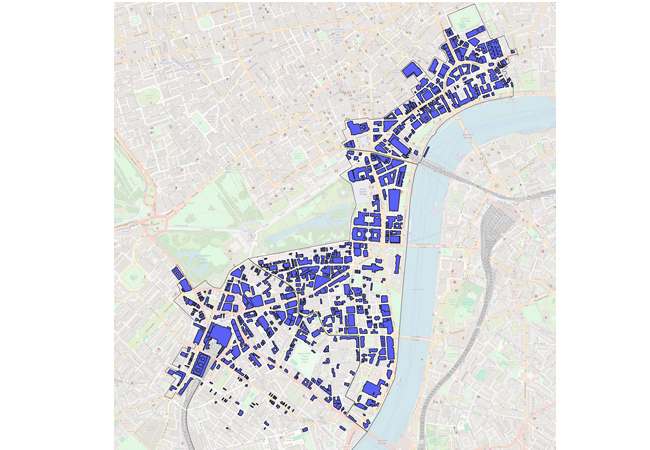
More PVs, such as those on Blackfriars railway bridge, are helping to decarbonise the grid
Planning applicants must use the SAP 10 emission factors when estimating CO2 emission performance against London Plan policies from January 2019, and until the government updates Part L of the Building Regulations.
According to Greater London Authority’s Energy Assessment Guidance, released last month, this will ensure that the assessment of new developments reflects the actual carbon emissions associated with their operation.
The 55% reduction in the CO2 emissions factor for electricity in SAP 10 means homes heated by direct electric systems will produce virtually the same CO2 emissions as gas, while heat pumps will produce even less
This will mean technologies generating onsite electricity – such as gas-engine CHP and solar PV – will not achieve the carbon savings they have to date. Developments will need to use alternative or additional technologies to meet the 35% onsite carbon-reduction target, the guidance said.
Applicants proposing to use the current SAP 2012 emissions factors will have to justify this, and minimise the carbon and air-quality impact. Gas-engine CHP may still be an appropriate energy solution for area-wide heat networks, because of greater electrical efficiencies achievable at a larger scale.
Small-to-medium residential developments, and non-domestic developments with a simultaneous demand for heat and power that do not have a year-round base load for optimum operation of CHP – for example, offices and schools – will not be considered appropriate for gas-engine CHP.
Where CHP is applicable, the energy assessment will have to give detailed information, including: the size of the proposed engine; the provision of any thermal store and suitable monthly demand profiles for heating, cooling and electrical loads.
Cross-referencing the air-quality assessment, the energy assessment will also be required to confirm NOx emission standards will be met by emissions testing before occupation. The guidance also requires the CHP operator to monitor and supply evidence yearly.
Read the Assessment Guidance for details.




